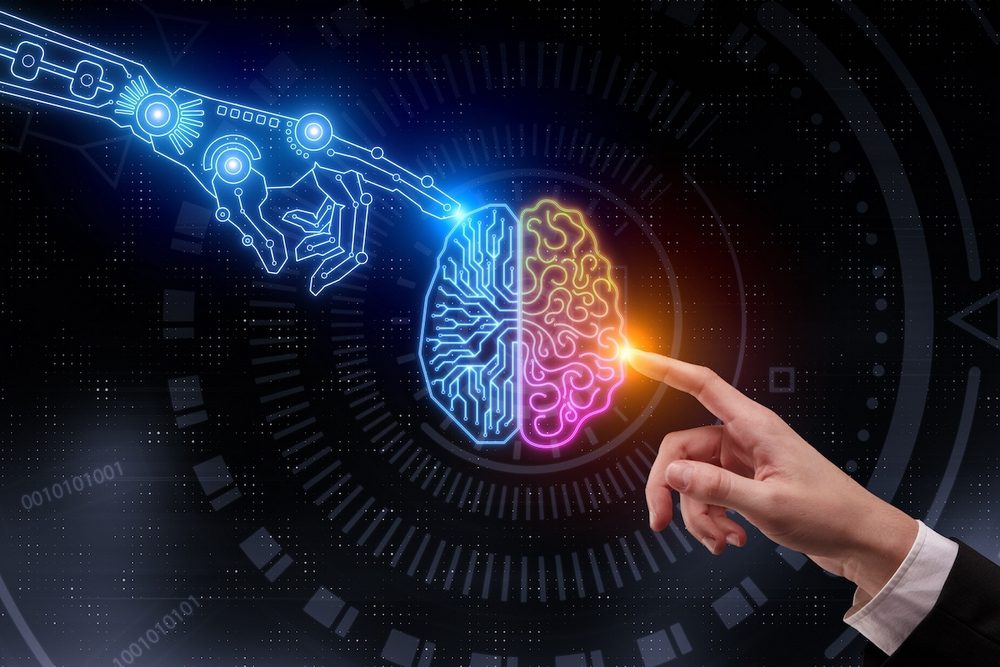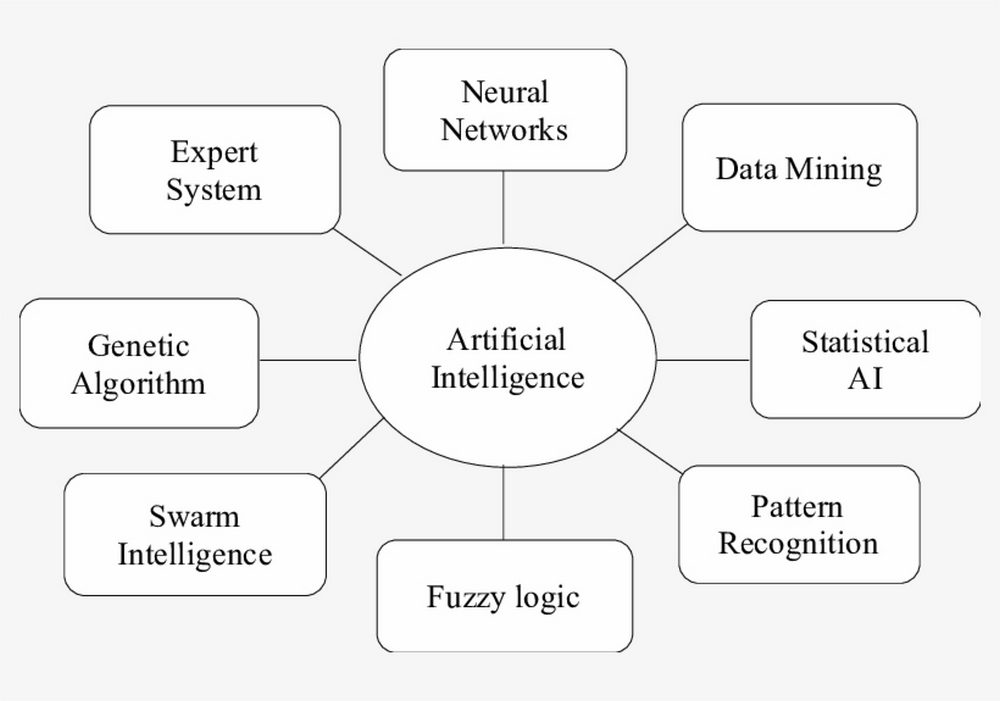Blog
Articles to grow your career
Article
What are the branches of Artificial Intelligence?
Artificial Intelligence (AI) is transforming society in unforeseen ways. Technology is deeply integrated into all aspects of our lives, from unlocking smartphones to online shopping, daily activities, and autonomous robots. The idea of AI was introduced in the 1950s and has become the foundation for many computer-based learning and decision-making processes.
However, it is only recently, with the need for processing large amounts of data, that the development of this technology has accelerated. Artificial intelligence is an expanding field with many branches and categories.
What is Artificial Intelligence?
Artificial Intelligence refers to machines or systems that study and simulate human intelligence to carry out tasks and enhance themselves through acquired information. This can take various forms, such as intelligent assistants for improved scheduling, chatbots for more efficient customer support, and recommendation engines for tailored TV show suggestions.
The emphasis of AI programming is centered around three cognitive abilities: learning, reasoning, and self-correction. Despite common misconceptions of AI as human-like robots taking over, its purpose is to enhance human capabilities and make it a valuable asset for businesses.
The Branches of Artificial Intelligence
Here, Spin Career lists the different major branches of Artificial Intelligence;
Expert Systems
Expert systems were among the first successful AI software models created in the 1970s and improved in the 1980s. An expert system emulates a human expert’s decision-making intelligence by using its knowledge base and applying reasoning and insight rules to user inquiries. The system’s efficiency relies solely on the expert’s knowledge stored in the knowledge base, which improves as more data is collected.
A good example is Google Search Engine’s expert system that offers suggestions for grammatical errors and spelling. Known for being responsive, reliable, understandable, and capable of excellent performance, expert systems are a prime example of AI software.
Robotics
Robotics, a fascinating branch of AI, concentrates on creating and developing robots through a combination of scientific and engineering methods. The goal of utilizing robots is to assist humans with tiresome and cumbersome tasks, such as transforming information, controlling computer systems, and manufacturing automobiles. NASA also uses robots for handling heavy objects in space. Robots serve as AI agents executing tasks in the real world to produce outcomes.
Machine Learning
Machine Learning, one of the fields requiring advanced technology, is making headlines daily by introducing new products utilizing ML techniques and algorithms to provide creative solutions for consumers. Machine Learning enables computers to learn through analyzing, executing, and interpreting data to solve real-world problems without programming. The science behind this is used daily, often without being aware.
Machine learning can be divided into three subcategories, depending on their design and function: supervised, unsupervised, and reinforcement learning. In recent years, Machine Learning has brought us image and speech recognition, self-driving cars, and several other applications.
Do you want to join us?
Leave an application and get a free consultation from our manager.
- Help in choosing a direction
- Course consultation
- Additional materials for the start
Neural Network
A Neural Network is a branch of AI that incorporates cognitive science through neurology to assist computer systems and machines in performing tasks. Known as Deep Learning, it utilizes artificial brain neurons to handle complex problems. The Neural Network allows machines to mirror the human brain’s processing method and employs mathematical functions and statistical methods to tackle real-world challenges.
Fuzzy Logic
Fuzzy logic allows for reasoning with flexibility in situations where it’s hard to tell if a condition is true or false. It deals with uncertain information by determining the accuracy of a hypothesis. This technique, used for reasoning about naturally uncertain concepts, is also useful for implementing machine learning and mimicking human thought.
It differs from standard logic by having a truth value between 0.0 to 1.0, not just 1.0 for completely true and 0.0 for completely false. This is one of the categories of AI that also accommodates partial truths, which are intermediate values that are both true and false.
Natural Language Processing
Interacting with someone who speaks a different language can be difficult, and this also applies to humans attempting to communicate with a computer system. The computer struggles to comprehend language because it only comprehends binary digits. To overcome this challenge, Natural Language Processing in computer science is one of the fields that has emerged.
This is one of the areas of AI that involves teaching computer systems and machines to study and understand human communication. It involves the computer receiving sound from human interaction and converting it into text, making it readable and understandable. The computer then converts the text into components that allow it to comprehend human intent.
Conclusion
AI is becoming more capable by expanding in size and complexity. Researchers strive to create software for various purposes like auto-learning, natural language processing, knowledge representation, and speech recognition.
In the field of QA, AI techniques and methods are utilized in QA to reduce testing time, improve test coverage, concentrate on defect areas, and hasten the release process for faster market access. If you are looking to learn Manual QA and Automation QA, contact Spin Career today!






